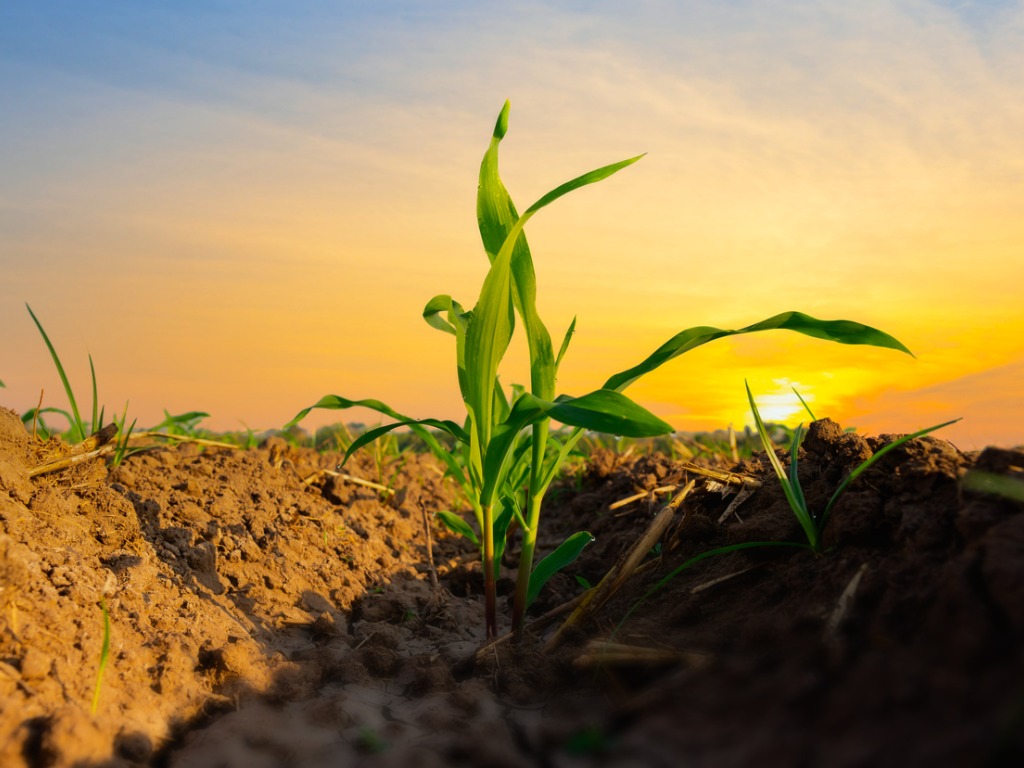My sister sent me a few things recently. She was going through some stuff and figured I would appreciate the “treasures” she had found more than she did.
Is that recycling? Perhaps. Anyway, one thing she sent me was a copy she had of the Souris Plaindealer, the local paper where we grew up. It was a 100th anniversary edition, published in April 1992. The paper included the front and back pages of a January 1934 edition, which I found very interesting. The paper always had a Looking Back section, which I think most rural papers had or have.
There’s a December 1895 section in the Looking Back area. It says “This time a year ago, no farmer in this province could be found, who had any other idea than that process of all farm products were so ruinously low that they could not go lower without going out of sight altogether, so far as profits or even wages were concerned. Wheat was worth from 45 to 55 cents, today it is selling from 20 to 40 cents. A year ago, oats were worth 20 cents on county markets and 25 cents at Winnipeg; this week farmers can obtain possibly 12 cents.”
Interestingly, the 1892 paper included an advertisement from Crescent Grocery. You could purchase two boxes of Kellogg’s Bran Flakes for 23 cents and I bet those boxes weren’t the shrinkflation sized boxes we buy now.
The 1895 flashback carries on with additional pricing information — and more of the same lament over low farm commodity prices. It’s nothing that anyone farming hasn’t experienced or heard about.
If farmers at that time were told that canola would be selling for $16 per bushel in 2023, they would have been incredulous about the price per bushel and also about the crop, considering that canola was completely unheard of then.
They would have been less surprised, as commented above, to learn that this canola crop had seen its prices fall by $10 per bu. in relatively short order. There would have been, “yup, been there, done that” comments.
And here we are — again. By my recollection, farmers are potentially into the third round of a price cycle that is lower than their costs of production since 2000. The cycle in and around 2000-05 was particularly nasty, lasting several years. It ended with the price spike of 2008.
Next came 2020. This one wasn’t nearly as difficult because it (prices lower than costs of production) was only starting to exert its influence on the farming population when it ended with the commodity price spike of 2021.
A major difference between the price spike of 2008 and 2020 was the duration. Prices stayed relatively strong for several years, starting in 2008. Not so with the 2020 bump, as evidenced by the current retraction.
How long will this current commodity pricing squeeze last? Time will tell but it puts farmers squarely back into the yield and insurance coverage analysis scenario.
As all farmers know, each commodity price spike has been accompanied by an increase in land and equipment costs, and major input costs.
That’s understandable. Farmers make money, which results in stronger cash flow and competition for land, which drives up purchase and rental costs. Land purchases are typically financed so there’s an increase in debt.
At each commodity price spike, farmers are left in an environment of greater risk, the back side of the price spike where profit margins shrink but costs (especially capital costs) remain high and with higher debt. Lower commodity prices, plus higher costs, plus more debt, equals greater risk.
The more things change, the more things stay the same, until this time.
This time, as prices rose and have fallen back and as capital costs and levels of debt have increased, what is not the same are interest rates. In this commodity price spike scenario, interest rates are now a major factor.
In the past, interest expenses were not that much of a factor for farms as prices came back and profit margins narrowed. Other costs were a concern for sure, but not really interest costs.
But highly leveraged farms in today’s economic environment will have to pay more attention to the consequences of their debt levels and associated costs.
What to do about all this? I’m going to generalize when I say that there aren’t any easy answers because, for the most part, farmers have little impact on commodity prices, and not much, if any, impact on capital costs or major input costs.
I have a suggestion, though, for farmers who are wondering about where this is all heading or are finding themselves potentially on the weak side of the yield game this year. It’s a suggestion that farmers work through a theoretical debt restructuring exercise for their farm businesses.
Working through the exercise will tell a farmer their ultimate ability to manage cash flow shortfalls due to low or negative profit margins before having to liquidate assets.
If you’re reading this article and aren’t sure how to make that theoretical calculation, find someone to help you. My experience is that it will be time and money well spent.
If you would like to speak to one of our consultants about this topic, contact us.



